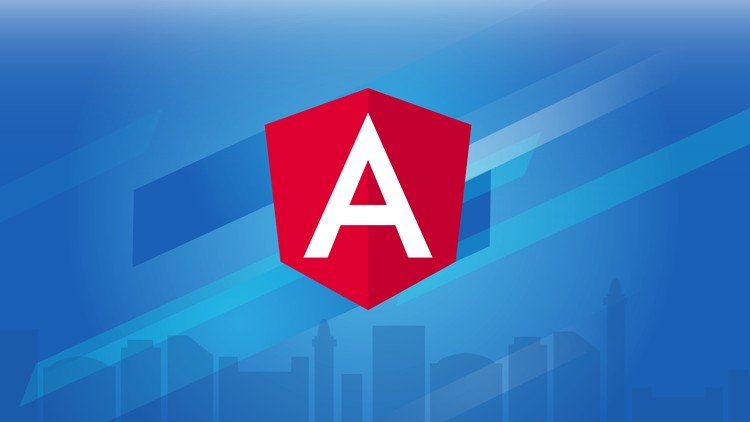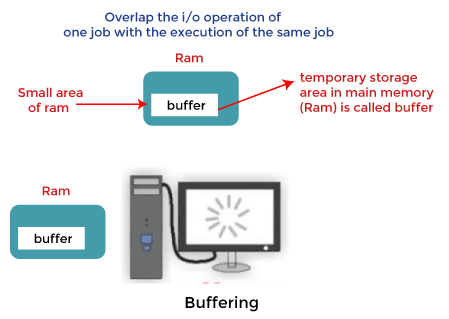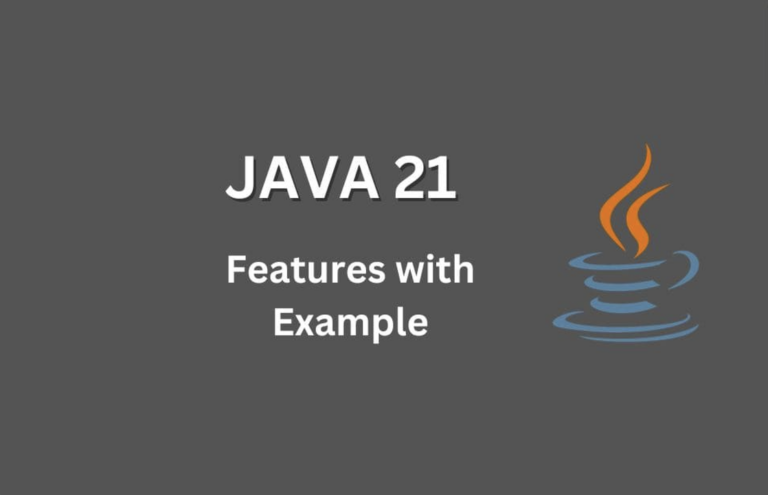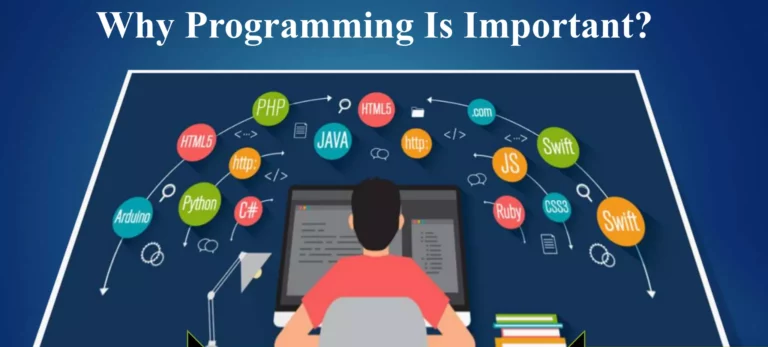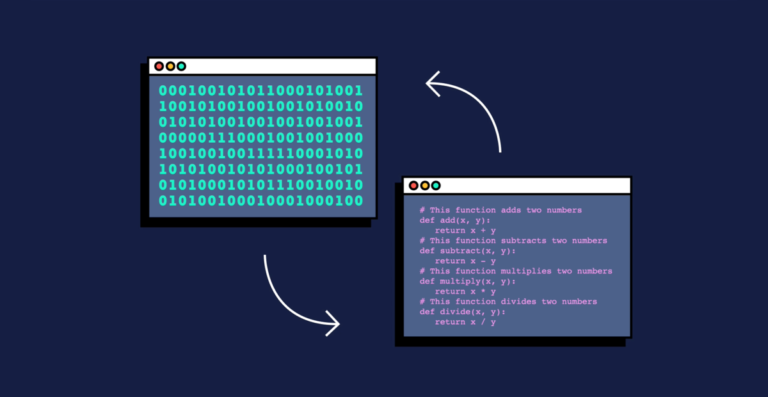How To Become a Programmer
Introduction:
Becoming a programmer is an interesting and fulfilling career path with many of prospects in the electronics sector. In many fields, such as coding, website design, and complicated issue solving, having programming skills is highly valued. We’ll provide you a detailed plan in this course to get you started on your road to becoming a software developer. Among the many skills this book will teach you to succeed in the programming sector are project creation, job searching, and choosing the appropriate programming language.
Step 1: Select the Language for Programming:
Getting the right programming language is a crucial first step in learning to program. Different languages are suitable for a number of applications and varies in complexity.
Here’s how to pick the appropriate phrase to achieve your objectives:
Think About Your Interests and Goals:
Consider your goals for yourself as a programmer. Which areas of web development, data science, mobile app development, or other fields pique your interest? Your hobbies and ambitions will help you select a programming language.
Investigate Popular Languages:
Look at the most well-liked programming languages in your field. For instance, expertise in languages like JavaScript, CSS, and HTML must be acquired if you’re interested in web development. Python and R are popular programming languages if data science is an area of interest.
Evaluate Language Popularity and Demand:
Consider at the popularity and the language’s demands in the labor market. Python, JavaScript, among others and Java are among the most popular and in-demand languages, thus beginners might decide to explore acquiring these.
Assessing Learning Resources:
Verify whether there are any language-specific learning resources available. Seek out resources such as books, communities, classes, and online tutorials to aid with your language learning. Your learning process can go more smoothly if you choose a language with lots of learning resources.
Think About Learning Ease:
Learning certain languages is simpler than learning others. Because of their easy readability and straightforward syntax, languages like Python and JavaScript are frequently suggested for novices.
Examine Long-Term Viability:
Take into account the language’s long-term viability. Is there any chance it will be in demand and relevant in the future? Selecting a language with a strong and expanding following increases your chances that your skills will be valued in the future.
Step2: Acquire a Basic Understanding of Programming
Anyone who desires a job as a developer must learn to pick up the basic concepts of programming. This stage establishes the groundwork for later comprehension of increasingly difficult ideas and languages.
Learn the Fundamentals:
Begin by being familiar with the terms variables, data types, operators, and control structures (such as loops and conditionals). All programming languages are based on these ideas, which also serve as the foundation for more complex programming strategies.
Pick a Programming Language:
To get started, choose a language that is suitable for beginners. Popular options for novices are Java, JavaScript, and Python. These languages are quite popular, with sizable communities for assistance, and a wealth of educational materials.
Make Use of Online Resources:
To learn the fundamentals, make use of online tutorials, courses, and resources. Courses covering basic programming languages and topics are accessible for novices on websites like Codecademy, Coursera, Udemy and off course in our website there is a lot of tutorials that will help you achieving your goals
Practice Coding:
Regular practice using coding can help you maintain the information you’ve gained. Start with easier exercises and work your way up to more difficult ones as your ability to speak develops.
Acquire the Skills to Read and Write Code:
Writing code is not the only thing that requires reading and comprehension. Examine code samples and attempt to comprehend their operation. Likewise, put what you’ve learned to use by writing some of your own code.
Create Easy Projects:
To put your newly acquired knowledge to use, begin creating easy projects. This might be a modest web application, an easy-to-use game, or a rudimentary calculator. You gain practical experience and strengthen your grasp of programming topics by building projects.
Seek Help and Advice:
Avoid feeling embarrassed to ask for guidance or assistance in forums, discussion boards, or mentors. It can be difficult to learn programming, therefore having a support network can be quite beneficial.
Step 3: Regularly Practice Coding:
Regular coding practice will assist you get further proficient at programming and will also boost your self-confidence. Following advice will help you get the most out of your practice sessions:
Set Aside Dedicated Time:
Schedule a specific period of time for coding practice every day or every week. To improve your skills, you must be consistent, therefore make practicing coding a regular part of your day.
Start with Basic activities:
To get began start with easy coding exercises that concentrate on fundamental programming ideas. You may strengthen your coding skills by using a number of coding challenges found on websites featuring LeetCode, HackerRank, and Project Euler.
Work on Projects:
Applying your coding knowledge to practical issues is a terrific method to work on projects. As you gain confidence, progressively raise the complexity of your modest, manageable projects.
Evaluate and Refactor Your Code:
Spend some time reviewing and refining your code when you’ve finished a coding exercise or project. Seek methods to make your code more effective, readable, and maintainable.
Work Together:
Working together with other programmers can teach you new methods and strategies for handling problems. To work with others, think about visiting hackathons, joining coding groups, or taking part in open-source projects.
Step 4: Build Projects:
One of the most important aspects of learning to program is building projects. It provides you the opportunity to put the ideas and abilities you’ve acquired to use in an everyday setting and gives you practical experience. Here’s a strategy of handling building initiatives:
Start with Easy Projects:
To get started, start by creating easy projects that fit your interests and learning objectives. For instance, you may begin learning web development by creating a basic online application or your own website.
Divide Projects into Manageable activities:
Divide your projects into more manageable, smaller activities. It will be simpler to take on challenging undertakings and monitor your progress as you strive to finish them thanks to this.
Utilize Version Control:
Track changes to your code and work with others by collaborating with version control tools such as Git. Maintaining project files and making sure you can go back to earlier iterations when necessary require version control.
Keep Records of Your Projects:
Retaining track of your projects is a necessity if you’d like to share and preserve your work with others. Send a README file defining the goals of your project, how to set it up, and any additional information that is relevant.
Learn from Experimentation:
Don’t be frightened to take chances and try new things with your own creations. Building projects can help you discover new techniques and technologies that may assist you becoming a better programmer.
Step 5: Engage in Online Communities:
Becoming involved in online communities, such social media groups and forums, can help students meet other programmers and gain knowledge from their experiences. These communities can also be a great place to turn to for guidance and assistance when you’re having issues.
Step 6: Keep Learning and Up to Date:
Owing to the continuous development of new languages, frameworks, and technologies, the programming industry keeps changing. Maintaining up to date with innovations in technology and constantly acquiring new things is essential for keeping current.
Step 7: Create a Portfolio:
To present your work to possible employers, begin assembling a portfolio as you complete assignments and gain experience. You should include several projects in your portfolio that showcase your proficiency is computer science.
Step 8: Apply for Jobs:
As soon as you feel confident in your programming abilities, begin the application process. Search out internships or entry-level positions that can help you improve your ability to program and obtain hands-on expertise.
Conclusion:
In conclusion, developing initiatives, schooling. and experience are all necessary for becoming an adept programmer. You are able to develop the abilities and self-assurance required to be good in the field of programming by focusing on four main areas: finding a suitable programming language, knowing the principles, practicing frequently, and creating projects. You should always be curious, continue to learn and ask people for help if you want to keep getting better at something. You can achieve what you want and turn into a professional programmer with an outstanding work ethic and dedication.
Let’s level up our Programming skills together, follow elgarnaoui.com ! 


